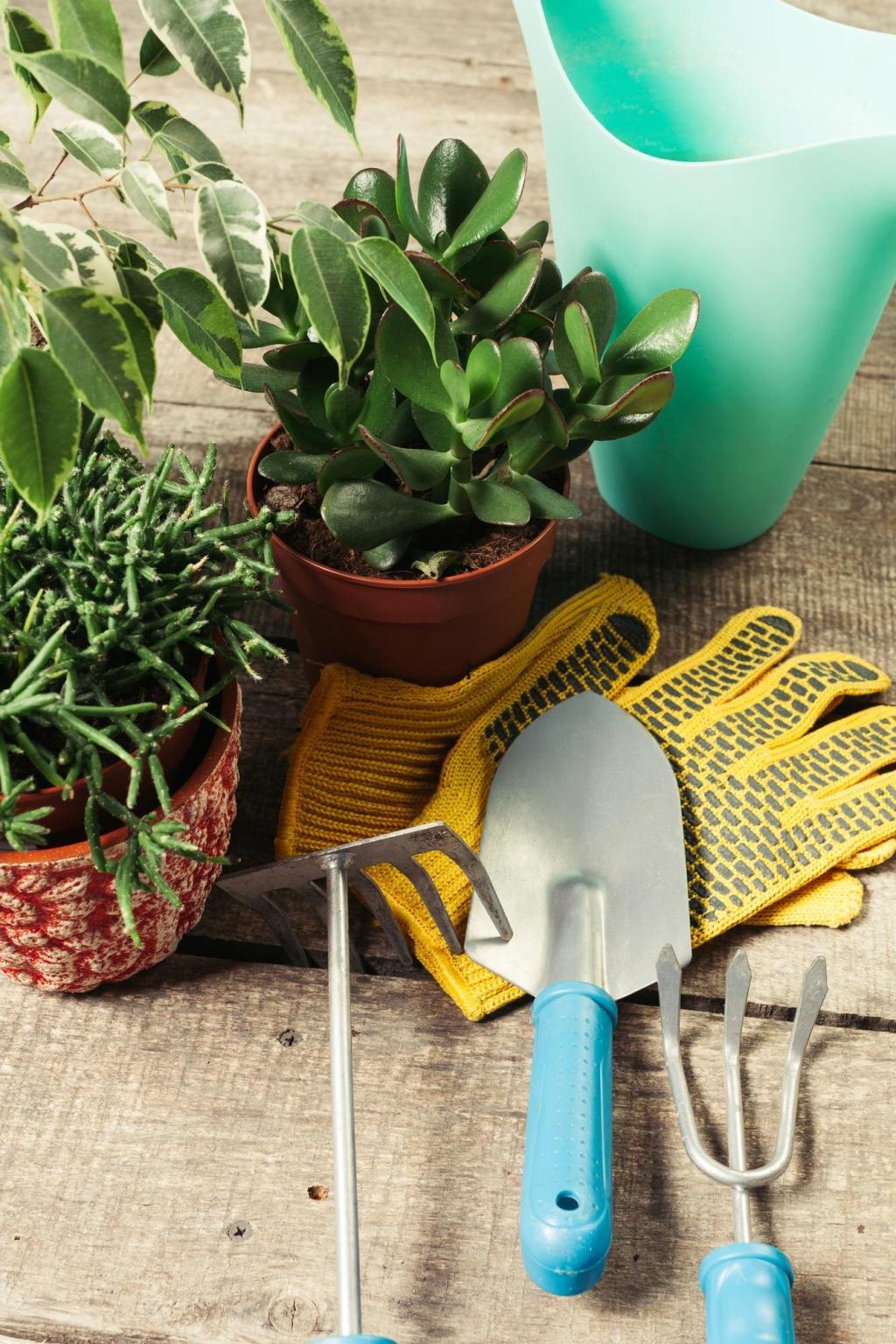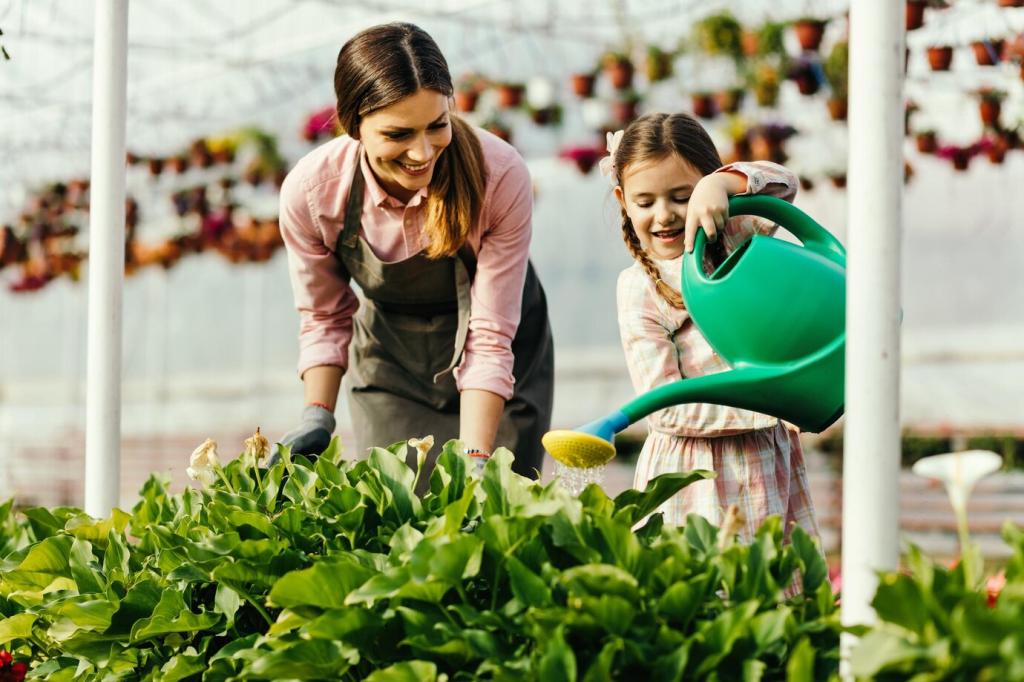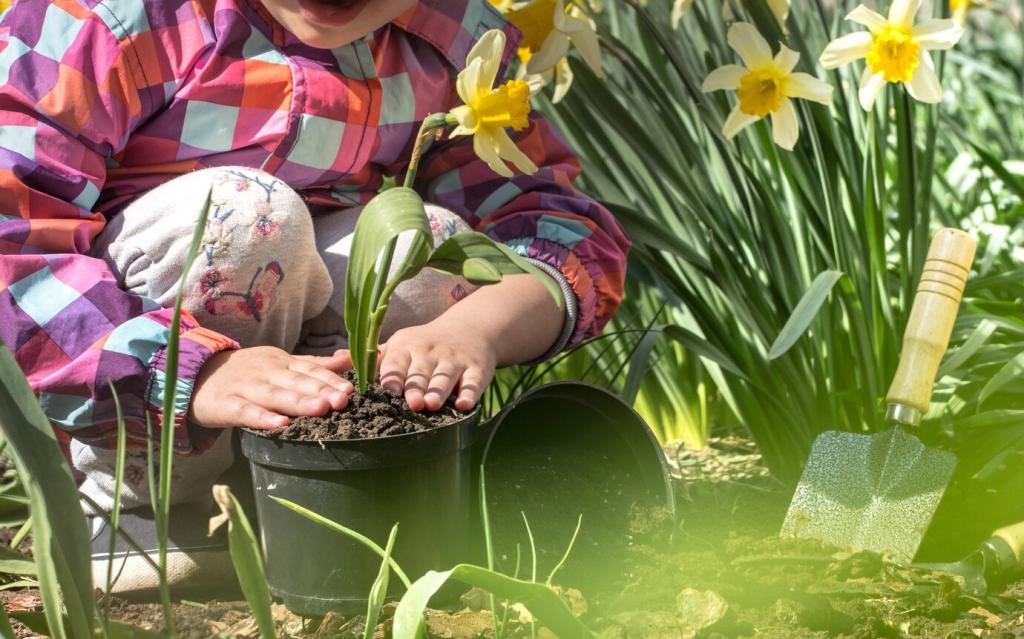This website uses cookies so that we can provide you with the best user experience possible. Cookie information is stored in your browser and performs functions such as recognising you when you return to our website and helping our team to understand which sections of the website you find most interesting and useful.

Eco-Friendly Gardening Methods for Urban Dwellers
Eco-friendly gardening is an accessible and rewarding practice for those living in cities, offering a way to connect with nature and promote sustainability even in limited spaces. Urban dwellers often face unique challenges such as restricted areas, lack of soil, and environmental pollution, but innovative gardening methods allow them to grow plants successfully and responsibly. By adopting eco-friendly techniques, city gardeners can reduce their ecological footprint, improve air quality, foster biodiversity, and create vibrant green spaces that benefit both themselves and their communities. This guide explores practical and sustainable solutions tailored for urban lifestyles, empowering anyone to cultivate a thriving and environmentally-conscious garden.

Choosing the Right Containers

Soil Health in Small Spaces


